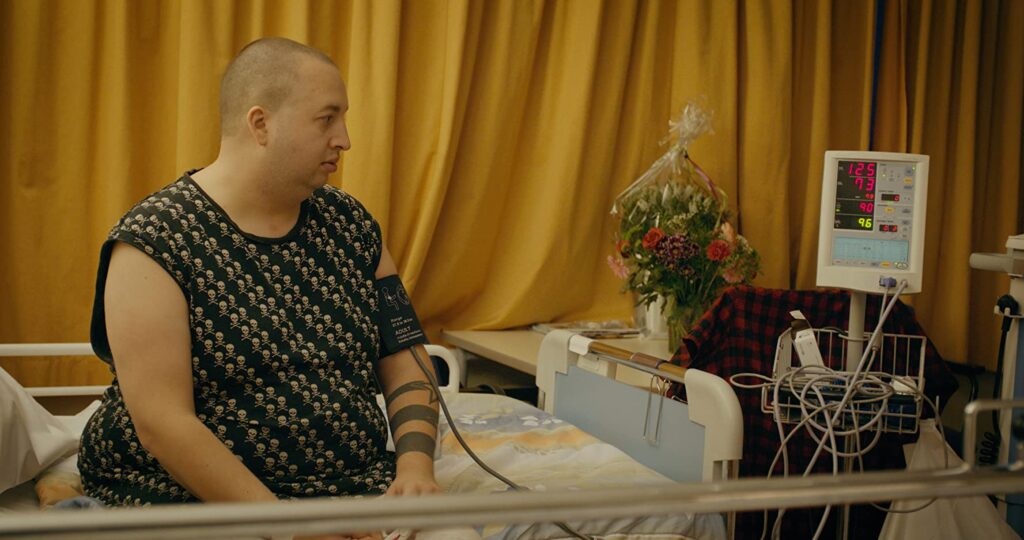Read also:
How to Watch FX Live Without CableHow To Watch AMC Without CableHow to Watch ABC Without CableHow to Watch Paramount Network Without CableLazlo & Dylan Tonk’s documentary about Lady Galore is a technically proficient look at the title drag queen that comes up short.
(This review is part of our coverage of the 2020 Reeling Chicago International LGBTQ+ Film Festival.)
Queer and pop media are already obsessed with drag queens. Now, with Drag Race Holland airing this month, Dutch drag is slowly getting its attention too. Amongst these Nordic nymphs is Lady Galore (Sander Den Baas), the subject of Lazlo & Dylan Tonk’s documentary, Galore. This semi-intimate portrait follows Galore on their year-long journey through gastric bypass. While it’s beautifully done and often sensitive, the movie can’t help but end up feeling slim.
As a subject, Den Baas is fully open. They’re open about their fears of getting older, of living with chronic pain and disease. But most importantly, they’re afraid of the future to come with their new self on the way. As Den Baas so well articulates, bigness for a “Big Queen” contributes to their success. Like a lot of media about drag queens these days, Galore focuses on the interplay between performance and reality. Den Baas’ at one point calls their weight loss “good for [Den Baas] but bad for Galore.” So ingrained in their persona is their bigness that many “Big Queens” find their persona diminished after weight loss. What if Galore doesn’t live up to her name? What if the abundance is gone?

However, unlike a lot of perspectives we get from Drag Race, drag is not therapy for Den Baas. A lot of American queens will tell you about how drag allows them to be their “true” or “authentic” self. Den Baas undoes this entirely. For them, drag is not therapy because it shrinks The Real. Drag means having to create illusions, to “enhance” photos. As a result, people are deflated when De Baas shows up instead of Lady Galore.
Alas, Galore is unfortunately limited in how it explores the complexity between person and persona for Den Baas. The film doesn’t juxtapose this against the other queens in the Amsterdam and other European scenes Lady Galore frequents. We get no real sense of context or community, which would have provided the doc a few more layers.
Instead, the Tonks use their time to gradually show Galore’s dramatic weight loss, providing clips from travels and performances throughout their post-op year. This isn’t altogether negative. Cinematographer Guillaume Versteeg captures some really sweet moments of queer joy and exuberance that uplift, but it doesn’t allow us further into all Galore has to say and offer.
[O]nce we break down the binary between real and performance, there’s a lot of depth [left] to explore.
This surface-level investigation runs aground in Belarus where the film begins one of its few turns towards the political and violent realities of queer life. Because the film is concerned with other things, this really important conversation about intra-European differences on queerness and drag gets falls to the side. As a result, it becomes more about Galore than any sort of dialogue that appeared to be going on in the scene.
The processes of Drag, especially de-dragging, are an inherently cinematic process. Here, Galore wipes away the veneer, leaving us with The Real. It’s easy to see why drag queens make for engaging televisual subjects. But once we break down the binary between real and performance, there’s a lot of depth to explore. If we don’t, then documentaries about queens—especially “Big Queens”—become paper-thin and overwritten. Alas, that’s one of Galore’s biggest fears, and the Tonks don’t alleviate it.